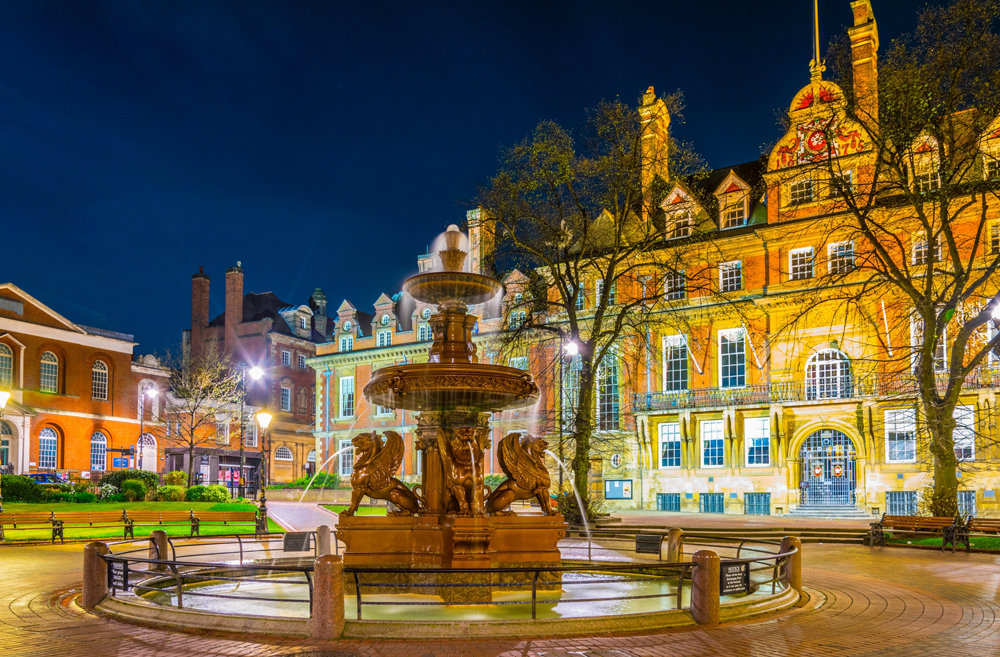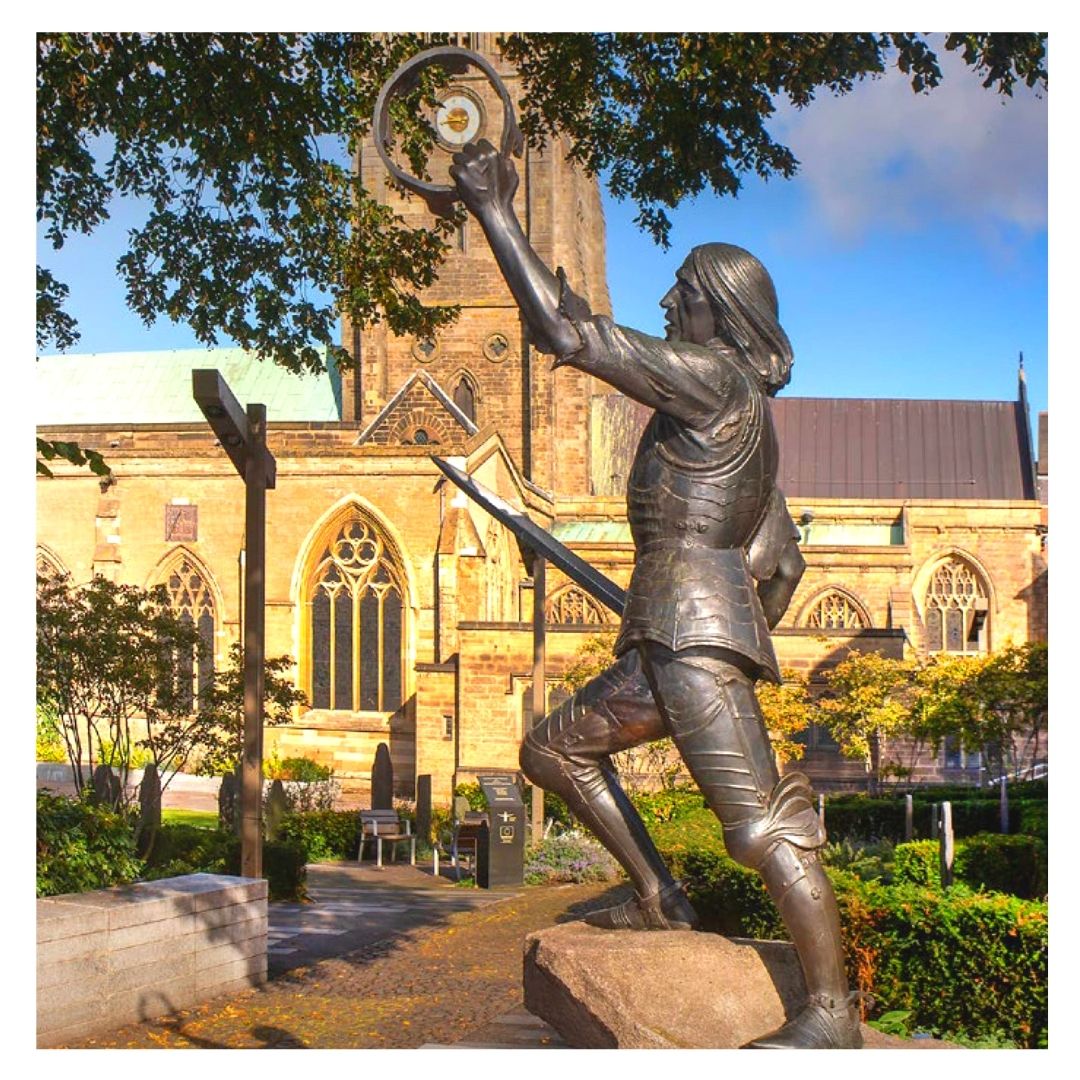2 Peacock Ln, Leicester LE1 5FQ
THE LEICESTER CATHEDRAL
Leicester cathedral is undoubtedly one of the most stunning buildings in Leicester. Beautiful stained-glass windows, stone wall, cobbled pathways and a clean large lawn area for you to sit and appreciate this beauty. It is also known as the cathedral church of St. Martin. Remains of King Richard III were reburied in a meticulously design tomb at this cathedral. It is a grade II listed building and has undergone a number of restorations over the last centuries. The Gothic style of architecture and Victorian style of architecture are seen in various parts of this building.
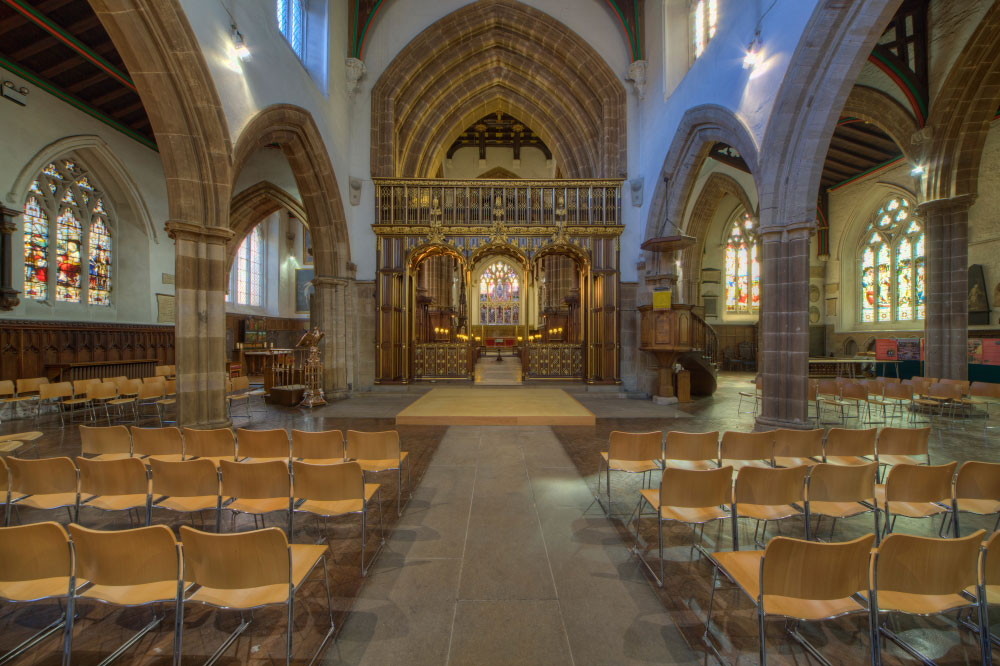
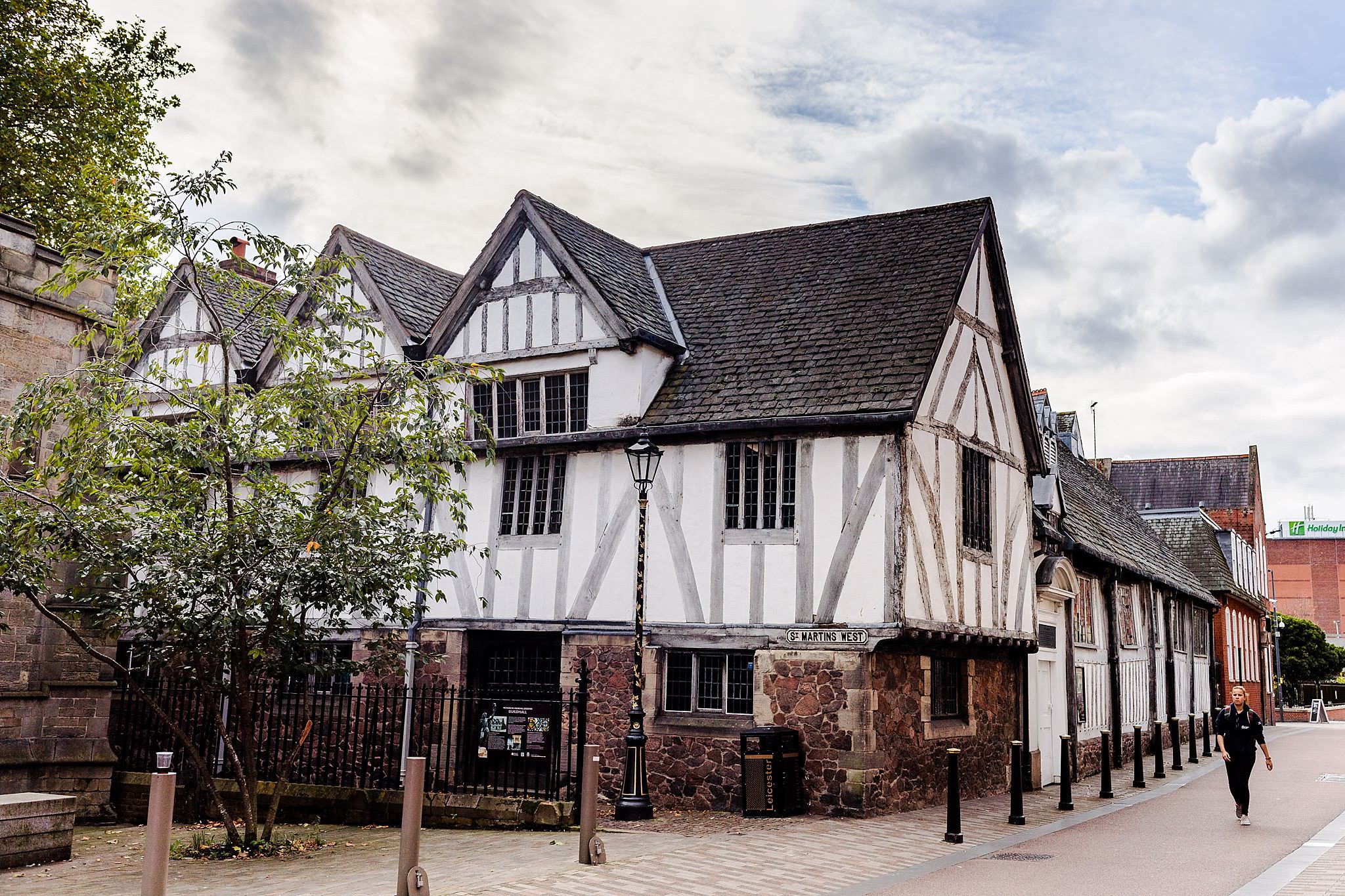
Guildhall Ln, Leicester LE1 5FQ
THE GUILDHALL MUSEUM
The Guildhall was built in 1590 and was originally built as a meeting point for a powerful business group at the time, called The Guild of Corpus Christ. However, in 1926 it was opened back up to the public as a museum and currently, its doors are still open as a museum and also as a performance venue. It is a must visits as currently it is the oldest building still in use in the city. What also makes this building special is the exterior of it as it made from timber framing. This was a very common construction method in the UK during 15/16/17 century . However in London the majority of these houses were burnt down during the Stuart period in 1666 during the great fire of London. However it is still nice to see that some of these structures have been preserved in other parts of the country over the years.
Abbey Park, Abbey Park Rd, Leicester LE4 5AQ
REMAINS OF CAVENDISH HOUSE
Remains of the cavendish house are located in Abbey park. It was originally built in the 17th century by William Cavendish and was built using some of the remaining stone of the abbey that was previously there. It was the house used by Charles 1 during the English civil war but was burnt down by his shoulders in 1645 but remains of it can still be seen today.
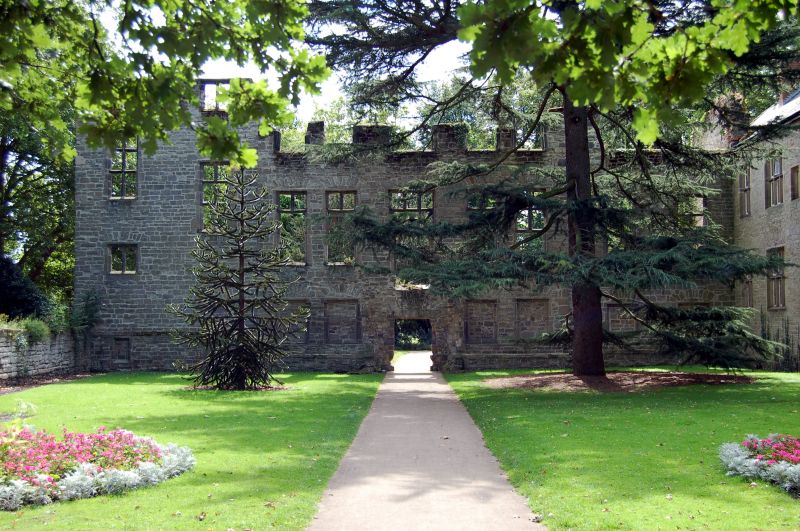
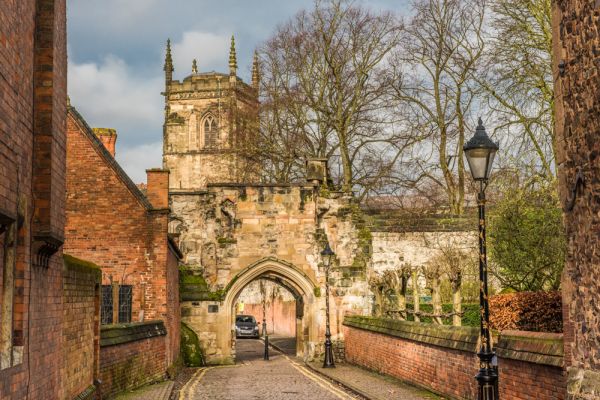
Castle View, Leicester LE1 5WH
PRINCE RUPERT GATEWAY
Prince Rupert Gateway is located next to Leicester castle and it gives access to castle views and castle yard. It was originally built in 1422 and was used to control access to the castle inner bailey. It’s named after King Charles I cousin who was the military leader. Taking a walk down the gateway is a must as the cobbled road and the ancient stones used for construction really makes you feel like you are back in the 14th century.
Castle View, Leicester LE1 5WH
ST. MARY DE CASTRO CHURCH
St Mary de Castro Church is located where the former bailey of Leicester castle was. In the past during the medieval period, it was used as the chapel for the castle. What makes this church important is that both King Richard III and Henry VI were both knighted in it. Although being a very old building a lot of its original features are still present and surviving in it today which include its Norman arches, grotesque heads, piscina basins, and a few others. The exterior churchyard of the church is still used today and is the “the oldest continuously used open space in Leicester” and it looks out to a section of the still standing medieval wall making it a must visit.
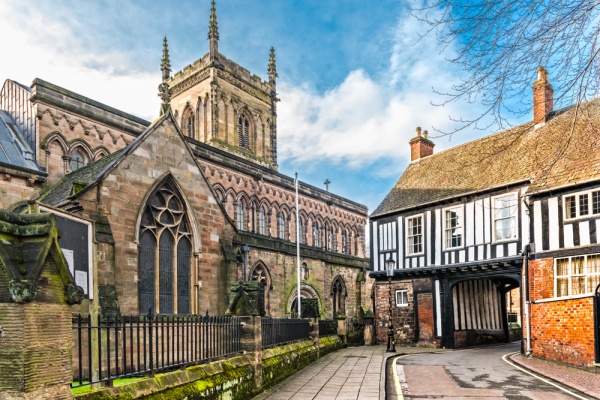

156-140 St Nicholas Walk, Leicester LE1 4LB
THE JEWRY WALL MUSEUM
This is undoubtedly one of the most aged structures in Leicester. It is a grade II building built around AD160. The reason behind the name is still unknown. It is a beautiful structure built in roman masonry, lime, sandstone and granite. This site has been under refurbishment since many years now, hence you cannot go inside, but during yearly events the site is opened for tourists. Even otherwise there is a beautiful railing built along 2 sides of this structure that helps you to see and appreciate the beauty if this structure without entering.
Town Hall Square, Leicester LE1 9BG
THE TOWN HALL BUILDING & SQUARE
The Leicester city town hall is a grand and rich in architecture building. Every element in and around the building is designed to detail. The beautiful fountain built in the town hall square is a gift from the former city mayor, Sir Israel Hart. He saw a similar beautiful fountain on Port, Portugal and wanted to created something similar for Leicester. Majority of the structure is built in Ketton rock – Jurassic otolithic limestone in yellow and pink shades.
